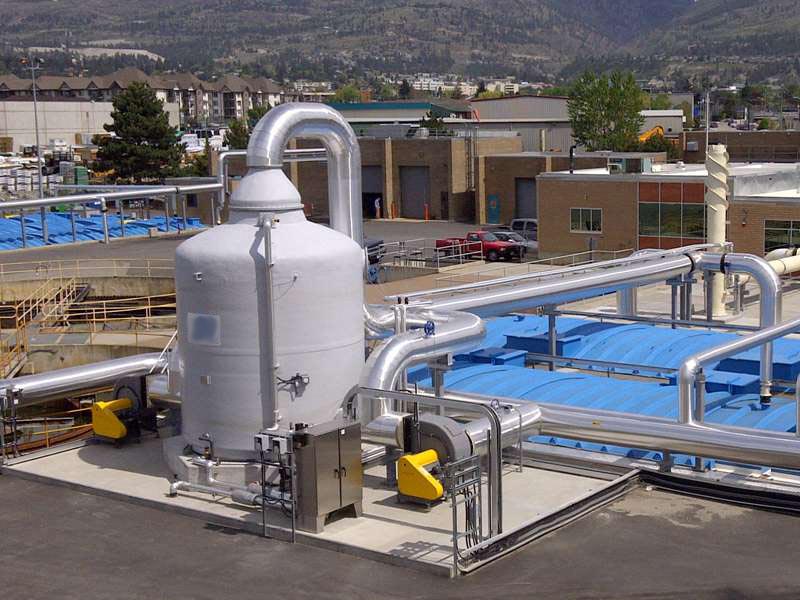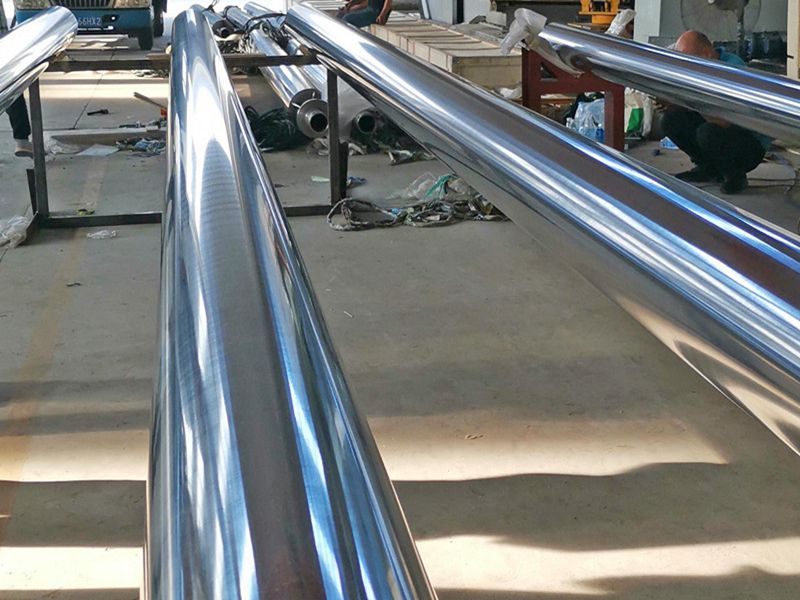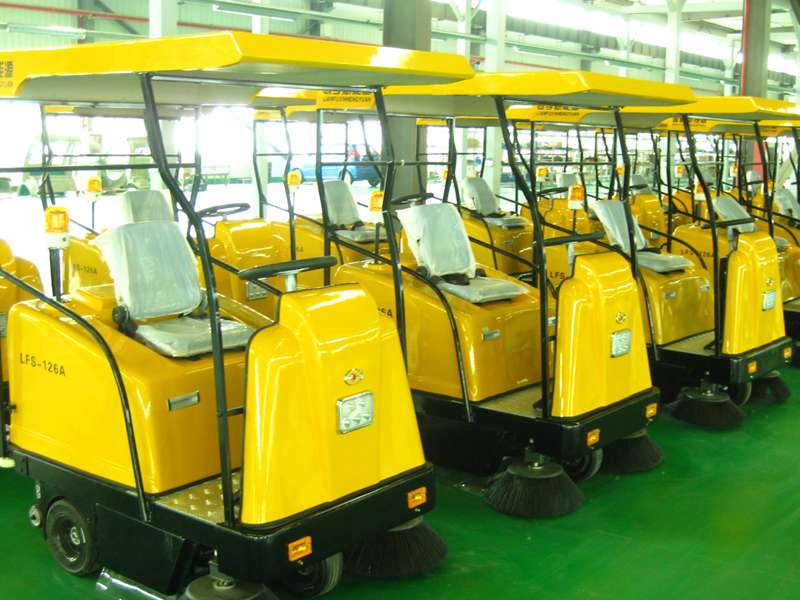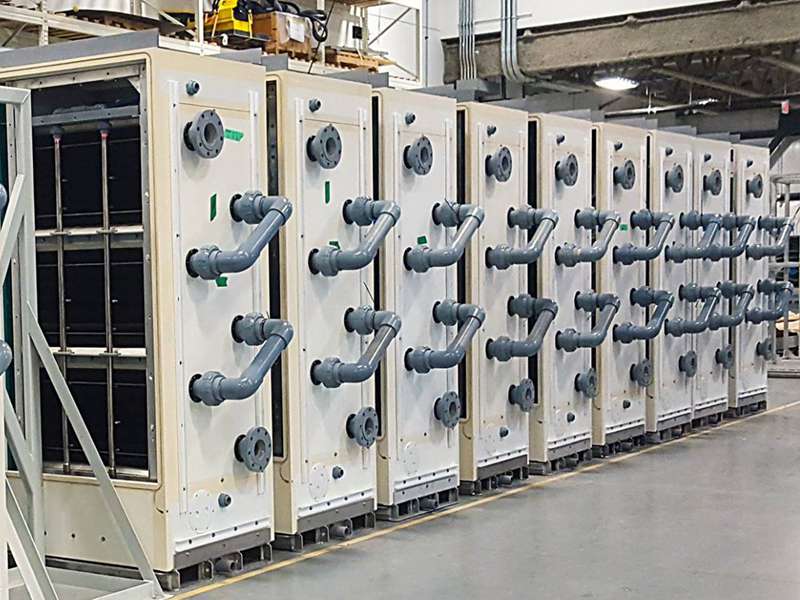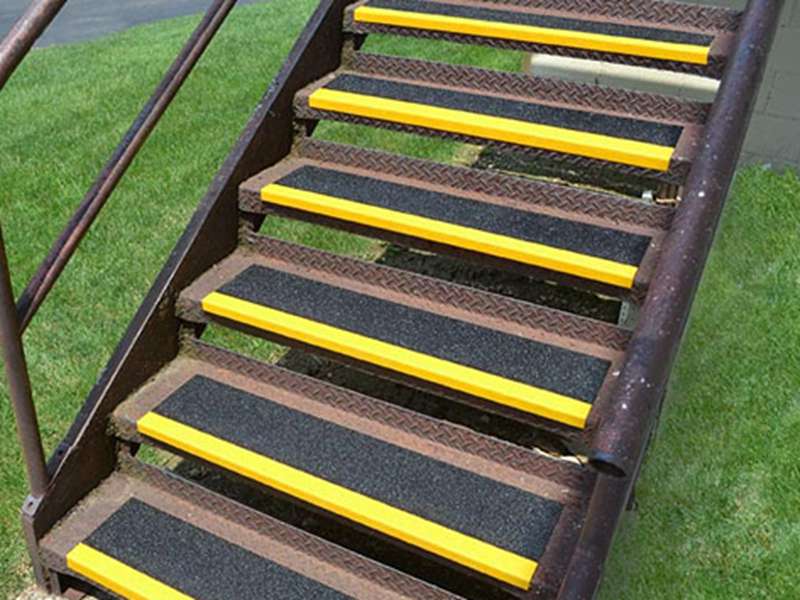
-
 Afrikaans
Afrikaans -
 Albanian
Albanian -
 Amharic
Amharic -
 Arabic
Arabic -
 Armenian
Armenian -
 Azerbaijani
Azerbaijani -
 Basque
Basque -
 Belarusian
Belarusian -
 Bengali
Bengali -
 Bosnian
Bosnian -
 Bulgarian
Bulgarian -
 Catalan
Catalan -
 Cebuano
Cebuano -
 China
China -
 China (Taiwan)
China (Taiwan) -
 Corsican
Corsican -
 Croatian
Croatian -
 Czech
Czech -
 Danish
Danish -
 Dutch
Dutch -
 English
English -
 Esperanto
Esperanto -
 Estonian
Estonian -
 Finnish
Finnish -
 French
French -
 Frisian
Frisian -
 Galician
Galician -
 Georgian
Georgian -
 German
German -
 Greek
Greek -
 Gujarati
Gujarati -
 Haitian Creole
Haitian Creole -
 hausa
hausa -
 hawaiian
hawaiian -
 Hebrew
Hebrew -
 Hindi
Hindi -
 Miao
Miao -
 Hungarian
Hungarian -
 Icelandic
Icelandic -
 igbo
igbo -
 Indonesian
Indonesian -
 irish
irish -
 Italian
Italian -
 Japanese
Japanese -
 Javanese
Javanese -
 Kannada
Kannada -
 kazakh
kazakh -
 Khmer
Khmer -
 Rwandese
Rwandese -
 Korean
Korean -
 Kurdish
Kurdish -
 Kyrgyz
Kyrgyz -
 Lao
Lao -
 Latin
Latin -
 Latvian
Latvian -
 Lithuanian
Lithuanian -
 Luxembourgish
Luxembourgish -
 Macedonian
Macedonian -
 Malgashi
Malgashi -
 Malay
Malay -
 Malayalam
Malayalam -
 Maltese
Maltese -
 Maori
Maori -
 Marathi
Marathi -
 Mongolian
Mongolian -
 Myanmar
Myanmar -
 Nepali
Nepali -
 Norwegian
Norwegian -
 Norwegian
Norwegian -
 Occitan
Occitan -
 Pashto
Pashto -
 Persian
Persian -
 Polish
Polish -
 Portuguese
Portuguese -
 Punjabi
Punjabi -
 Romanian
Romanian -
 Russian
Russian -
 Samoan
Samoan -
 Scottish Gaelic
Scottish Gaelic -
 Serbian
Serbian -
 Sesotho
Sesotho -
 Shona
Shona -
 Sindhi
Sindhi -
 Sinhala
Sinhala -
 Slovak
Slovak -
 Slovenian
Slovenian -
 Somali
Somali -
 Spanish
Spanish -
 Sundanese
Sundanese -
 Swahili
Swahili -
 Swedish
Swedish -
 Tagalog
Tagalog -
 Tajik
Tajik -
 Tamil
Tamil -
 Tatar
Tatar -
 Telugu
Telugu -
 Thai
Thai -
 Turkish
Turkish -
 Turkmen
Turkmen -
 Ukrainian
Ukrainian -
 Urdu
Urdu -
 Uighur
Uighur -
 Uzbek
Uzbek -
 Vietnamese
Vietnamese -
 Welsh
Welsh -
 Bantu
Bantu -
 Yiddish
Yiddish -
 Yoruba
Yoruba -
 Zulu
Zulu
Durable Corrosion-Resistant Dual Laminate Products | Industry Solutions
About JRAIN FRP Solutions
Leading Manufacturer of Corrosion-Resistant Solutions
Address: No. 1289, Yingbin South Street, Jizhou District, Hengshui, Hebei, China
Phone: 0086-(0)318-8690689 |
Mobile: 008615303218081
Email: sales@jrain-frp.com |
Website: www.jrain-frp.com
The chemical processing industry faces constant challenges with corrosion in extreme environments, driving demand for innovative material solutions. Dual Laminate Products represent a technological breakthrough that combines thermoplastic corrosion resistance with structural reinforcement.
What are Dual Laminate Products?
Dual Laminate Products are engineered solutions that combine various thermoplastic liners (PVC, CPVC, PP, PE, PVDF, HDPE) with fiberglass reinforced plastic (FRP) structural layers. By merging these materials, Dual Laminate Products offer unparalleled performance in extremely hot and corrosive environments where traditional materials fail.
Key advantages:
1. Superior chemical resistance from thermoplastics
2. Structural strength from FRP reinforcement
3. Custom sizing not limited to standard molds
4. Extended equipment lifespan in harsh conditions
5. Cost savings through reduced maintenance and downtime
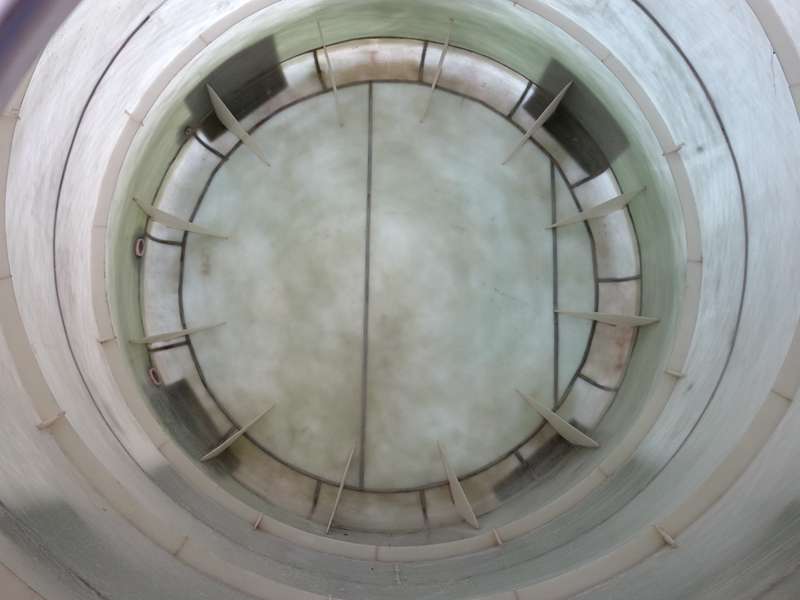
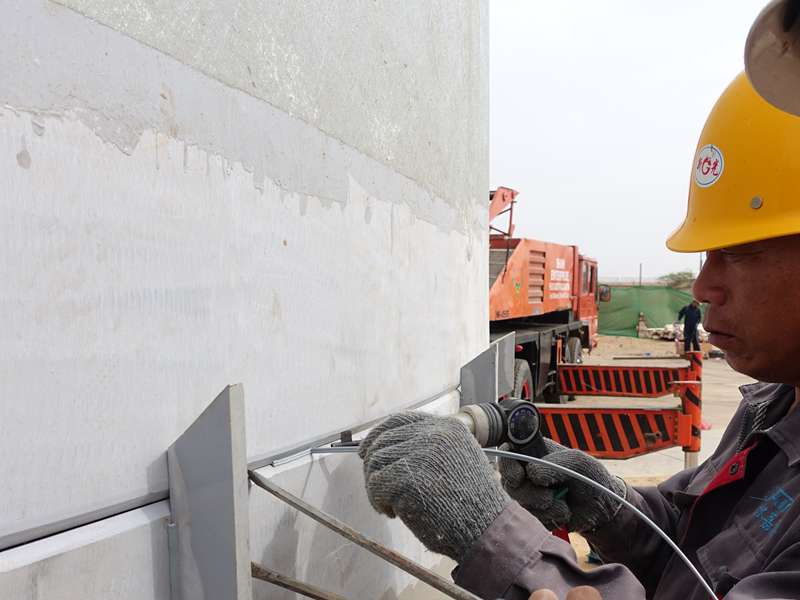
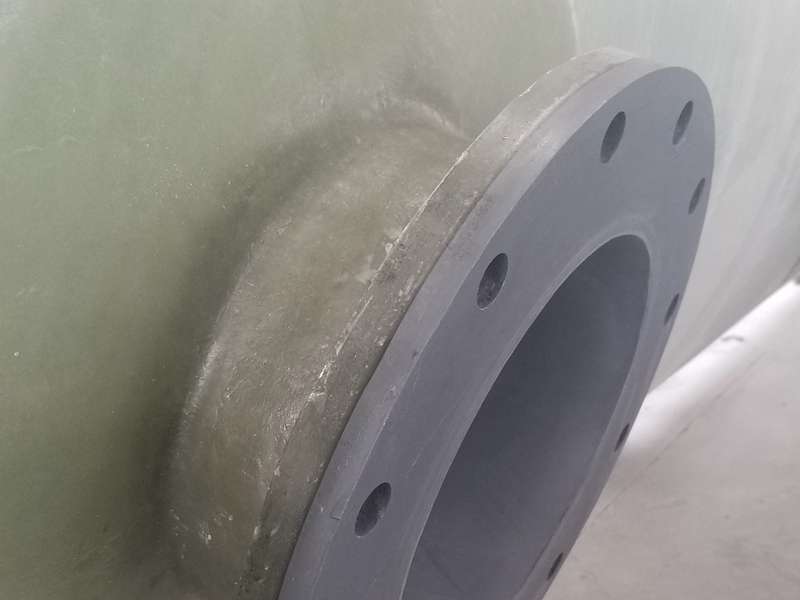
Industry Trends in Corrosion-Resistant Materials
The global market for corrosion-resistant materials continues expanding as industries face increasingly aggressive chemical environments. According to recent reports, the Dual Laminate Products segment is growing at 7.3% annually due to their superior performance characteristics compared to traditional materials like steel alloys or rubber linings.
Chemical processing plants now favor Dual Laminate Products for critical applications where downtime means significant revenue loss. As Dr. Helen Mitchell noted in the Journal of Material Performance, "The composite approach of dual laminate technology provides solutions that outperform expensive alloys at a fraction of the cost, while delivering service lives exceeding 20 years in aggressive media."
Technical Specifications of Dual Laminate Products
| Parameter | PP Dual Laminate | PVC Dual Laminate | PVDF Dual Laminate | Testing Standard |
|---|---|---|---|---|
| Maximum Temperature | 90°C (194°F) | 70°C (158°F) | 150°C (302°F) | ASTM D696 |
| Tensile Strength | 75-120 MPa | 60-90 MPa | 85-130 MPa | ASTM D638 |
| Thermal Expansion | 10 × 10⁻⁵/°C | 7 × 10⁻⁵/°C | 8 × 10⁻⁵/°C | ASTM E831 |
| Chemical Resistance | Excellent | Good to Excellent | Exceptional | ASTM C581 |
| Pressure Rating | 10 bar | 8 bar | 12 bar | ASME RTP-1 |
Performance Comparison Across Temperature Ranges
Chemical Resistance by Material Type
Market Growth Projection 2023-2030
Applications of Dual Laminate Products
The versatility of Dual Laminate Products makes them suitable for numerous industries with demanding chemical environments:
Chemical Processing: Reactors, scrubbers, distillation columns, and storage tanks handling corrosive acids like sulfuric, hydrochloric, and phosphoric acids. Unlike metal alternatives, Dual Laminate Products resist pitting, crevice corrosion, and stress corrosion cracking.
Mining & Metallurgy: Leaching circuits, electrowinning cells, and solvent extraction equipment where high acidity and abrasion are concerns. The FRP structural layer provides exceptional strength-to-weight ratio while the thermoplastic lining protects against chemical degradation.
Wastewater Treatment: Aeration basins, chlorine contact chambers, and ducting systems handling corrosive gases. Dual Laminate Products are ideal for FGD (Flue Gas Desulfurization) systems where both acid corrosion and thermal cycling occur.
EEAT-Optimized Professional Content
As industry leaders in corrosion-resistant solutions, JRAIN FRP maintains strict adherence to international standards including ASME RTP-1, ISO 14692, and ASTM D5364. Our engineering team includes NACE-certified corrosion specialists who perform detailed failure analysis to optimize material selection.
According to research published in Corrosion Engineering, Science and Technology (Volume 57, 2022), "The multi-layer construction of Dual Laminate Products creates diffusion barriers that significantly outperform homogeneous materials in environments containing mixed acids or halogens. This multilayer strategy has proven effective even at temperatures exceeding conventional polymer limits when properly engineered."
Technical FAQs: Dual Laminate Products
A: Thermoplastic liners typically range from 2.5mm to 6mm depending on chemical aggressiveness and temperature requirements. The structural FRP layer typically ranges from 4mm to 12mm based on pressure requirements and vessel diameter.
A: Material selection depends on chemical compatibility, temperature range, and mechanical requirements. PVDF offers broad chemical resistance at higher temperatures (up to 150°C), while PP provides excellent value for applications below 90°C. Our engineering team performs chemical compatibility assessments based on your specific process parameters.
A: We employ multiple NDT methods including spark testing (ASTM D4787), ultrasonic testing (ASTM E797), and visual inspection at each manufacturing stage. Bond strength between layers is verified through peel testing (ASTM D3167).
A: Yes, through specialized reinforcement techniques. We can incorporate ceramic tiles or silicon carbide additives in wear zones where both corrosion and abrasion are concerns, significantly extending equipment lifespan in slurry services.
A: Standard pressure ratings range from full vacuum to 10 bar (145 psi). Higher pressure designs up to 20 bar can be engineered using specialized construction techniques including hoop-wound reinforcement and increased wall thickness.
A: Proper engineering accounts for differential thermal expansion coefficients between thermoplastics (approx. 8×10⁻⁵/°C) and FRP (approx. 2×10⁻⁵/°C). Design features include expansion joints, flexible couplings, and optimized support systems to prevent stress buildup during thermal cycling.
A: Construction follows ASME RTP-1 (Reinforced Thermoset Plastic Corrosion Resistant Equipment) supplemented by ASTM standards including D5364 for fabrication, D3299 for filament-wound tanks, and D5421 for contact molded components.
Industry References & Citations
ASM International. (2021). Corrosion: Understanding the Basics. ASM Handbook Vol. 13.
https://www.asminternational.org/corrosion-handbook
Thompson, G.E. (2020). "Advanced Materials for Aggressive Chemical Environments." Journal of Materials Engineering, 42(3), 112-128.
https://doi.org/10.1016/j.jme.2020.07.011
NACE International. (2019). "Corrosion Resistant Equipment: Selection and Maintenance Best Practices." NACE SP0592.
https://www.nace.org/standards
International Journal of Corrosion Processes and Corrosion Control. (2022). "Long-Term Performance of Dual Laminate Systems in Chemical Processing." 39(4), 287-301.
https://doi.org/10.1177/14751907221104567
Latest news
-
Durable Corrosion-Resistant Dual Laminate Products | Industry SolutionsNewsJul.21,2025
-
Boost Your Rankings with Professional SEO Services ExpertNewsJul.20,2025
-
High-Quality Fiberglass Car Bodies Durable GRP Car & Boat Body SolutionsNewsJul.08,2025
-
High-Quality Fiberglass Dual Lamination Product Manufacturer Durable FRP & GRP Dual Lamination SolutionsNewsJul.08,2025
-
Rectangular Tank with Dimensions for GRP Calculation Custom Fiberglass GRP Rectangular TanksNewsJul.07,2025
-
High-Quality Fiberglass Weir Custom FRP Weir & Fiberglass Tanks ManufacturerNewsJul.07,2025


